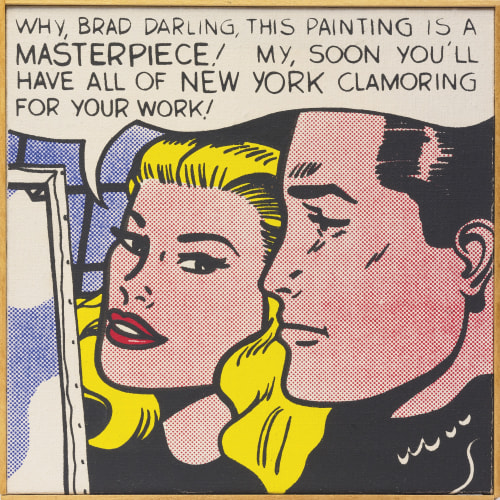A Pioneer of Appropriation Art
In the realm of contemporary art, Richard Pettibone's name stands out as a pioneering figure in the appropriation movement. Pettibone, born in 1938, has etched his name in the annals of art history by masterfully blending imitation with innovation, thereby redefining the boundaries of artistic creation and ownership.
Early Years and Artistic Evolution
Richard Pettibone's journey into the world of art began in Los Angeles, where he attended the Chouinard Art Institute. It was during the 1960s that Pettibone found his unique artistic voice, a period when the art world was rapidly evolving with movements like Pop Art gaining momentum. He was particularly influenced by the works of Andy Warhol, Roy Lichtenstein, and other contemporaries who were breaking the traditional norms of art.
The Art of Appropriation
What sets Pettibone apart is his distinctive approach to appropriation. Unlike many artists who seek to create entirely original works, Pettibone embraced the concept of replication, making exact miniature replicas of famous works by artists like Warhol, Lichtenstein, and even Marcel Duchamp. However, these were not mere copies; Pettibone infused each piece with a unique twist, sometimes combining elements from different works, thereby creating something wholly original and thought-provoking.
Challenging Traditional Views
Pettibone's work challenges the viewer's perception of originality and authenticity in art. By replicating iconic works, he prompts questions about the nature of art itself. What makes an artwork valuable? Is it the idea, the execution, or the name of the artist attached to it? Pettibone's replicas compel us to confront these fundamental questions.
Notable Works and Exhibitions
Among Pettibone's most notable works are his miniature versions of Warhol's "Campbell's Soup Cans" and Duchamp's "Fountain." These pieces, while seemingly simple replicas, carry an air of subtle critique and homage, making them complex and multi-layered.
Pettibone's work has been exhibited in numerous prestigious venues. His pieces are part of collections in major museums, including the Museum of Modern Art in New York and the Art Institute of Chicago, affirming his significant role in the art world.
Legacy and Influence
Pettibone's legacy lies in his ability to blur the lines between original and replica, thus pioneering a new path in the art world. He opened the doors for future artists to explore appropriation as a legitimate and powerful form of artistic expression. His influence extends beyond the visual arts, impacting how we conceptualize art in the broader cultural and intellectual landscape.
Conclusion
Richard Pettibone's contribution to contemporary art is profound and enduring. By daring to replicate and reinterpret, he has challenged us to reconsider our perceptions of art and creativity. His work stands as a testament to the idea that art is not just about creating something new; it's also about reimagining and reshaping what already exists, thus keeping the conversation around art dynamic and ever-evolving.
January 24, 2024



